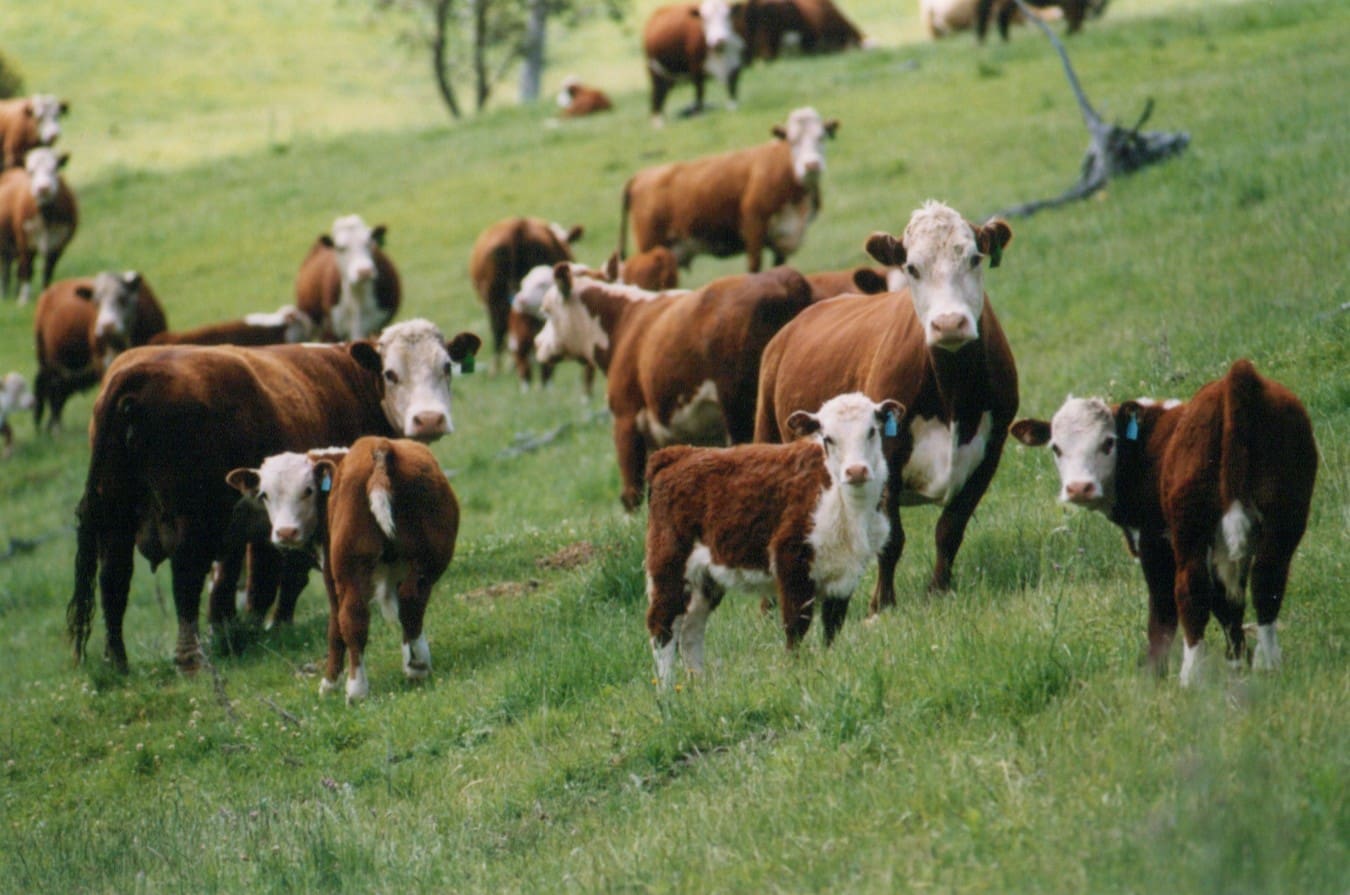
CONSISTENCY is perhaps one of the most important considerations for any commercial cattle breeder.
In the context of sire selection, a consistent sire is one that can achieve greater uniformity in traits in its calves, that matter for production and ultimately profitability.
In many ways consistency is one of the drivers of commercial herd efficiency. A consistent herd can be drafted more efficiently, have fewer culls, and achieve better compliance with market specifications.
However, consistency is a trait within its own right. It is influenced by genetics, and increasingly it is becoming more measurable, which should lead to better selection decisions.
For many commercial beef producers, there have often been frustrating occasions where the progeny of new bulls has not performed as well as they were expecting. Despite selecting bulls with accurate and above-average EBVs, some bulls seem to have progeny that are very different, causing the draft to be less consistent and more disappointing.
Residual variance
One of the potential reasons for this is due to an effect known as “residual variance.”
Residual variance is basically the amount of unexplained variation in a trait. Effectively, when a trait is measured, be it structural (such as foot angle) or weaning weight or temperament, that variation in the measurement can be attributed to genetic factors, environmental factors or residual variance, which is the degree that can’t be explained by either of the first two.
In practice, residual variance explains to some degree why some bulls with very accurate and above average EBVs can produce calves that have a wide variation and why some full siblings perform very differently.
Research provides new insights
Recently published research examining foot angle and claw set in Angus cattle in Australia and the US has provided some new insights on how residual variance plays out in practice. Many bull breeders are focussing on improving feet and claw structure through selection.
In breeds such as Angus, foot angle and claw set are traits that have EBVs published in sale catalogues. However, there are still occasions where despite accurate EBV data been available, the actual outcomes can be less consistent across herds.
This international research was conducted by a team led by Amanda B. Alvarenga, Andre Garcia, Hinayah Oliveira and Luiz Brito (Purdue University), Stephen P. Miller (Angus Genetics Inc), and Andrew Byrne (UNE and Angus Australia). It included phenotypic data from 109,294 animals and genomic data from more than 1.12 million animals.
The study found that foot angle and claw set are moderately heritable traits (heritability 0.22–0.27).
At this level of heritability, selection can improve these traits. The study also found high genetic correlations between countries, 0.61 for foot angle and 0.76 for claw set, showing that the same genes influence foot structure in both the US and Australia. This supports the case for joint evaluations and more robust genomic predictions.
While there is improved confidence in the heritability of foot angle and claw structure, the challenge of variation and less consistency is still present.
US study
A 2025 study by Sabrina Thaise Amorim (Virginia Tech), published in Journal of Animal Breeding & Genetics, explored residual variance for foot traits in American Angus. Heritability of residual variance was low (0.07 for foot angle, 0.05 for claw set), but it was still present, meaning that while genetics play a modest role in consistency, it can be selected for.
While recent research has considered the impact of residual variance on foot angle and claw set, it has been the focus of research in other economically important traits such as growth, carcase yield, feed intake, and muscle score.
These earlier studies have demonstrated that residual variance is partially heritable across a range of traits. In effect this work demonstrates that breeders can select not just for higher average performance (e.g. faster growth or higher yield), but also for greater consistency.
It is important to recognise this variation is not a flaw in EBVs – rather, it reinforces the need to balance selection between improving the average and managing the range
However, these studies have also found positive genetic correlations between high EBVs and increased residual variance. In other words, animals selected purely for high performance can, in some cases, introduce greater variation in outcomes.
It is important to recognise this variation is not a flaw in EBVs. Rather it reinforces the need to balance selection between improving the average and managing the range.
In making selection decisions, producers need to remember that EBVs reflect a sire’s average genetic merit. They don’t currently capture how consistent his progeny will be.
For commercial producers striving to increase consistency, their focus should continue to be on high-accuracy EBVs, proven progeny performance, and stable cow families known for even traits. It is important ahead of selection to ask the bull breeder about past progeny consistency as well as monitoring variation on-farm to identify sires that deliver predictability.
It is important to recognise that managing variability starts by recognising that a consistent sire can only do so much if the herd he is being introduced to is highly variable.
While residual variance isn’t yet reported in EBVs, it helps explain why some sires produce even lines of calves while others, despite strong data, yield mixed results.
This unpredictability can be greater in herds with uneven genetics or management history.
Selecting for consistency should be a whole-herd strategy, with a focus on combining high-accuracy sires from uniform lines with stable, well-performing females, as well as measuring the variation in the progeny.
Over time, this approach will reduce residual variance and improve both reliability and profitability.

Alastair Rayner
Alastair Rayner is Principal of RaynerAg and an Extension & Engagement Consultant with the Agricultural Business Research Institute (ABRI). He has over 28 years’ experience advising beef producers and graziers across Australia. Alastair can be contacted here or through his website: www.raynerag.com.au

HAVE YOUR SAY